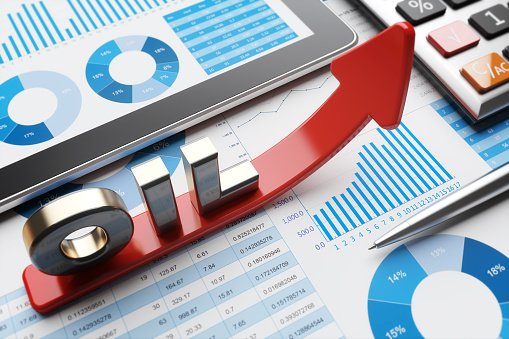US crude jumped past the $79b level this morning on escalating tensions in the Red Sea. The European and American futures are slightly in the negative at the time of writing, and stocks in Hong Kong and China were better bid on Monday as China imposed ban on short sellers, but the gains remained short-lived after a HK court ordered Evergrande’s liquidation. Globally, we see a limited risk appetite at the start of a week packed with economic data, central bank decisions and corporate earnings.
In Europe
European stocks ended last week on a cheerful sentiment. The dovish European Central Bank (ECB) statement nourished appetite. LVMH jumped 9% on strong quarterly sales, and ASML soared after announcing that its orders tripled – as Chinese rushed in to order chips before the export ban became effective. The EURUSD consolidated in the bearish consolidation zone – below the major 38.2% retracement on its latest rebound, and is testing the 200-DMA to the downside. How far the weakness will continue depends on the US dollar. And the direction the dollar will take will depend on… the Federal Reserve (Fed).
In the US
US stocks traded mixed on Friday but ended last week on a positive note, with the S&P500 near a record, as many good news popped into the headlines throughout the week. The US growth numbers came to enchant investors while inflation numbers looked encouragingly set for further easing: The US economy grew more than 3% last quarter and the Fed’s favorite inflation gauge, the core PCE index fell below 3%.
Resilient growth and lower inflation mean the world to the Fed, a dream come true, the holy grail, the proof that Jay Powell and his team have beaten the economic theory and won over inflation without pushing the US economy into a recession.
And since the Fed signaled that there could be 6 rate cuts this year, which is a fair number of rate cuts to be squeezed into a year for an economy that does – pretty – well, all investors care about is: when will the first cut happen. The probability of a march cut is 50-50, a May cut is priced in at about 90%. The Fed will keep rates unchanged this week, and Powell will likely say the same thing than Lagarde last week: that inflation looks on path toward 2% goal, that soft landing is no longer a daydream and that the Fed will relax rates, but the timing will be data dependent. If that’s the case, the natural response of currency traders could be to sell the dollar.
Overall, note that because the Fed is insistently expected to cut the rates regardless of strong economic figures, the dollar bears resist to upside pressures. But any dovish euphoria is increasingly likely to hit a road bump with oil prices on the rise again.
While everyone expects the dollar to soften moving forward, there are a few scenarios that could lead to a stronger dollar.
1. If inflation numbers make a U-turn and interfere with the Fed’s plan to cut rates, the dollar would see higher demand. Note that among major central banks, the Fed is the one that could delay rate cuts thanks to its strong economic growth.
2. The US dollar could gain if other major economies perform even more poorly than they are expected to – because faltering economies would require faster rate cuts outside the US and lead to a stronger US dollar.
3. An economic shock in the US, or globally, could trigger a rush to the safe haven U.S. dollar and leave the dollar bears on the backfoot.
Elsewhere
The Bank of England (BoE) decision, euro area growth and inflation numbers, Australian inflation update, Canadian GDP and the US jobs numbers will be closely watched.
On the corporate calendar, Microsoft, Alphabet, Apple, AMD, and US big oil companies are among the names that are due to announce their latest earnings this week. A major part of the investor focus will be on Microsoft and its AI announcements. Any positive surprise should keep investors on their cloud.
But note that, overall, 25% of the companies in the S&P500 have reported results for Q4. Of these companies, 69% have reported actual EPS above estimates, yes but that’s below the 5-year average of 77%, according to FactSet.









